Love and Light: Marriage Rites
The world is dark and dreary enough. Tonight, let us be happy.Marriage in Araea are times of joy and community. It is celebrated with abandon, with song, dance, and light. The celebrants paint themselves with elaborate patterns, light candles, and sing... And no one ever wants to miss out on the Shroom Shower.
The Rites of Marriage
Throughout Araea's history, people have always joined together in one way or another. As societies grew larger and more complex, so too did the rituals surrounding these unions. Marriages became events for the entire community to come together and revel.
Across Araea, lights, food, and community are essential parts of the festivities. Singing, dancing, eating, or other revelries; all are done as a group, with the marrying couple leading the event. On a day of marriage, no one sits alone but the most heinous outcast.
Arranged Marriage
Not all marriages are for love. Many are just as much as joining families, tribes, or businesses together as about the couple. The practice is viewed with suspicion by most; after all, how can you trust one who'd sacrifice love for fortune or power?
Once simple in design, they have since become intricate works of art, and many of the other participants will now sport them during the ceremony as well.
No matter how much the ritual has grown in the centuries, the foundation of the ceremony remains the same: love, joy, and community.
The Day of Joy
The marriage ceremony begins the day before and starts with the application of the Shaavat. There is always competition about who has the privilege of helping the couple paint the Shaavat, but in most cases, it is done by close friends and family. Being chosen is considered a great honor, and the stakes increase along with the status of the couple.
The Shaavat is more than decorative, always including small well-wishes, blessings, or symbols of power and good luck.
Once lights are set, the music and dance begin, along with drinking and eating. Dancing with fire is widespread across Araea, with either length of wick or wick wrapped around staves, batons, or any other item that might make for a good show when twirled around. With only stone around them, accidents aren't usually a worry.
After that, the rest of the day and night is spent feasting, drinking, singing, and dancing. There is no set structure beyond having a good time, though it is popular to play simple games or light-hearted Spars, though it is equally common for people to just mingle, drink, and be merry.
No marriage is complete without the Chnagahn, a boiling stew with raw ingredients served to be dipped and cooked, any remaining liquid drunk as soup. Should any remain, it is traditionally given to the married couple to fill their larder.
Chnagahn made for marriages is usually served in cauldrons, and is another aspect sometimes sponsored by wealthy patrons. As a means of showing their wealth and earning goodwill, nothing bests a good Chnagahn.
The final part of the wedding is the Shroom Shower. Once the party ends, the married couple has to make a mad dash to get into their home while the other celebrants pelt them with soft, sponge-like mushrooms, sometimes dipped in dyes. When the couple has reached safety, the celebration is over, sometimes signaled by ringing a bell or gong. The lights are kept alive as long as possible, and should any still be lit when the morning comes, they are often given to guests as gifts of good luck. The community helps to clean up after the marriage; then life moves on.
The Shaavat
Shavaat are intricate, spiraling patterns painted onto the bodies of celebrants, made with a dye of mashed mushroom pulp. As with all aspects of the marriage celebration, it is not done in solitude but applied by one's friends and family. Exactly how elaborate they are is a personal preference, though everyone likes to show off at their marriage. Shavaats can become extensive and reach across the arms, face, and even chest. It is considered poor form to sport a Shaavat more elaborate than the couple being married, so participants and guests tend to stay with something simple but visible.Clothes and Jewelry
Due to the Shaavat, the clothing used during the marriage ceremony tends to be open and often sleeveless to better show off the painted Shaavat, with some even choosing to go bare-chested. Jewelry and other accessories are common ways of dressing up, with bracelets being particularly common and widespread. Many families only have such luxuries to wear for marriage ceremonies.Music is an integral part of the celebration. It signals the beginning and end of each part of the ceremony. When sung, it is done in a chorus by all while the instrumental music tends to be lead by a skilled musician and then complemented by the probably drunk amateurs attending the marriage.
Polygamy
It is uncommon but not unheard of for a marriage to consist of multiple partners. Such celebrations are no different other than that they tend to be much larger. The largest such union ever recorded was of a team of Kaia, four men strong, who united in a legendary marriage feast. While unusual, polygamy like that is not viewed unfavorably - if anything, it can spark jealousy. Most feel lucky enough should they find love once, let alone repeat the good fortune.If those who marry or their friends happen to be Saen-Kaw athletes, the performance of a special wedding Saen-Khru is another favorite way to celebrate the marriage. Read about Saen-Kaw
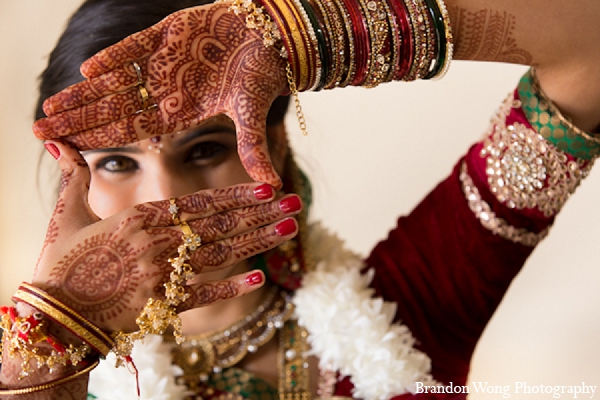
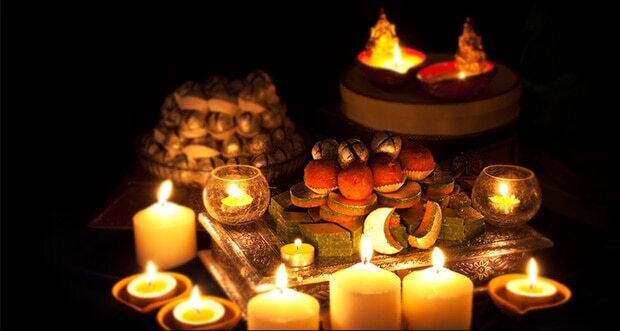
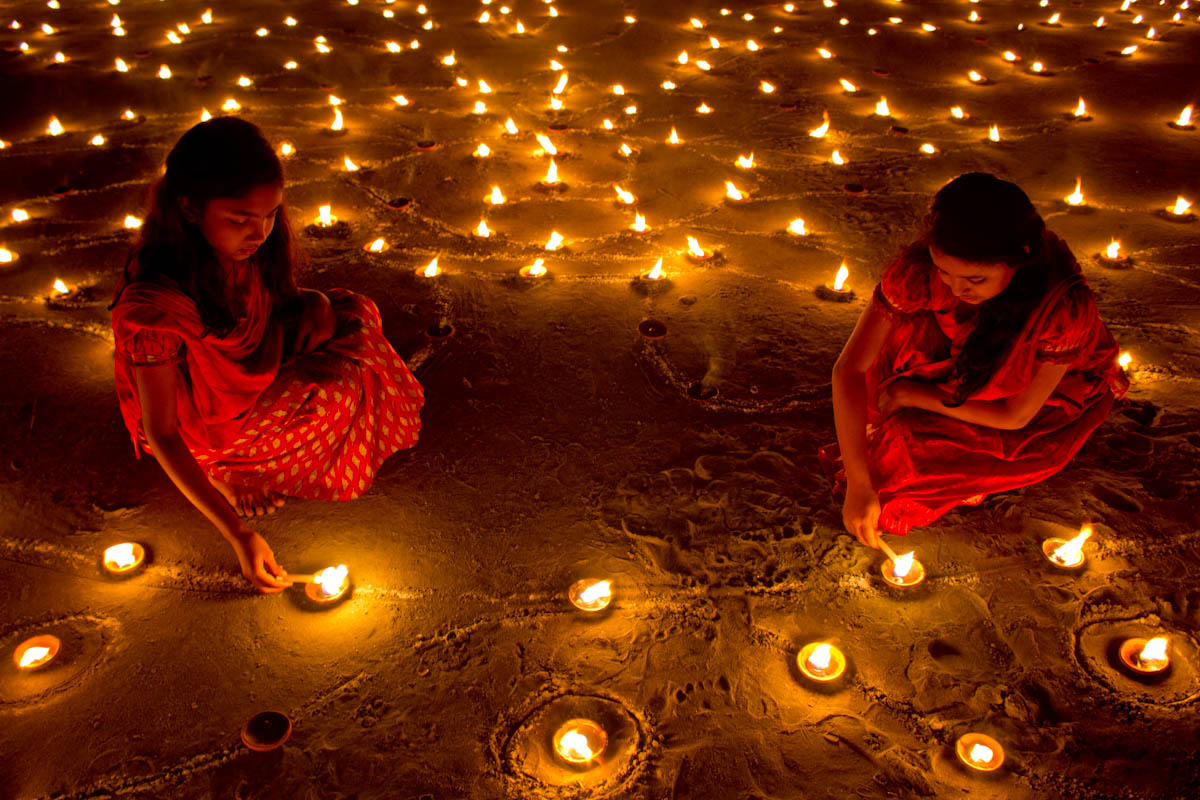
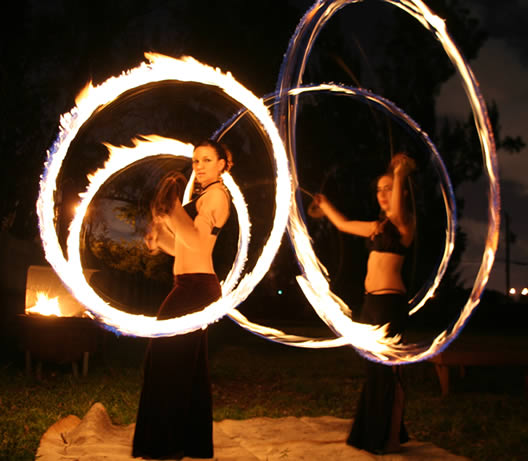
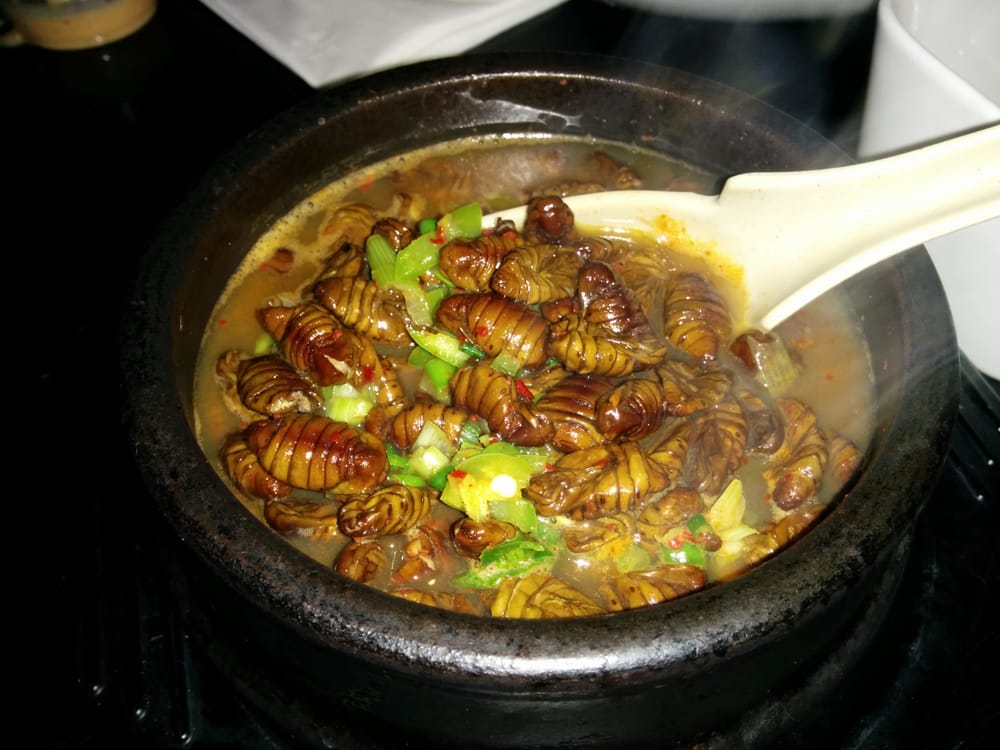
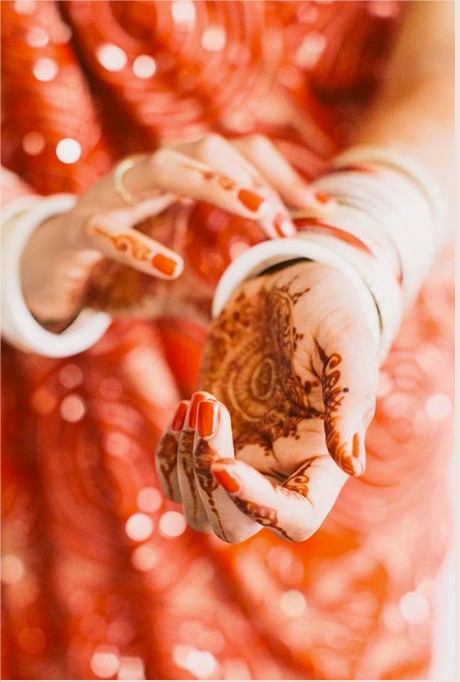
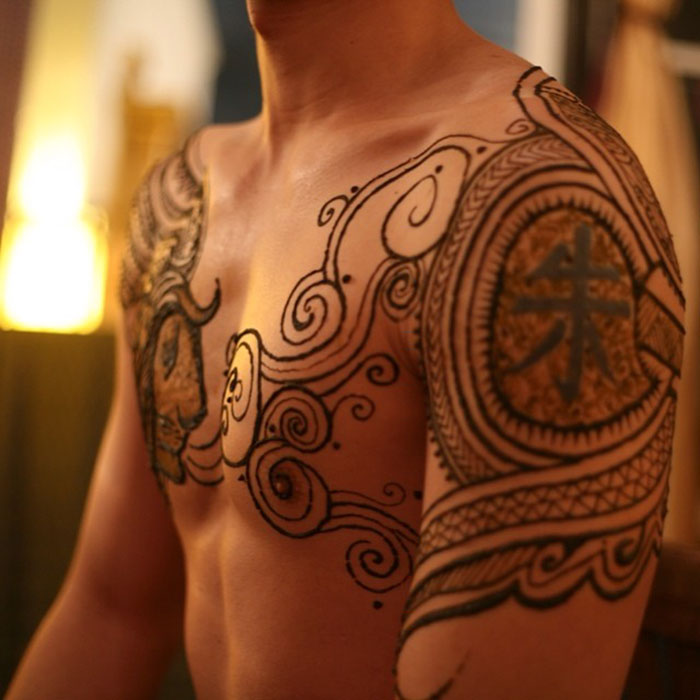
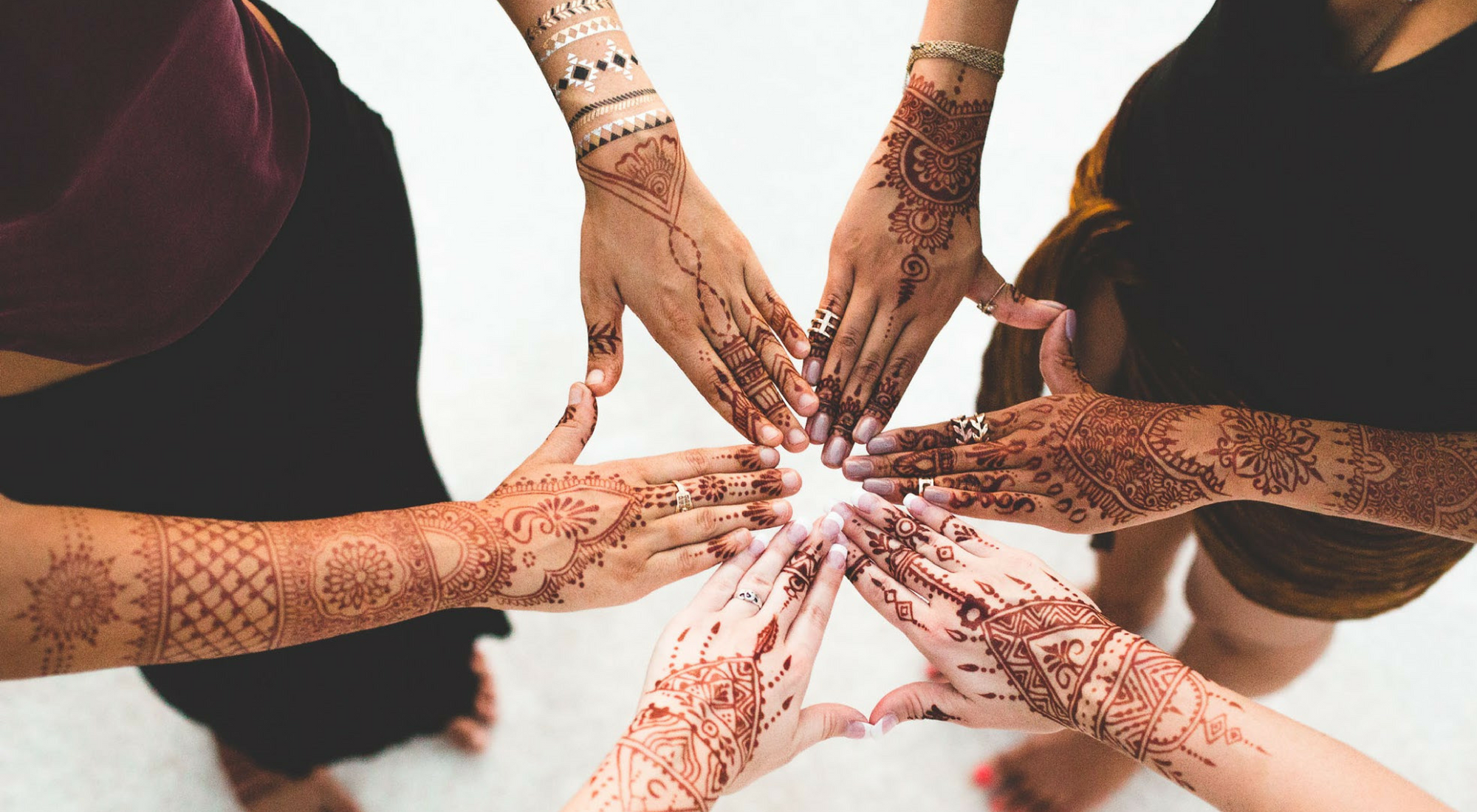
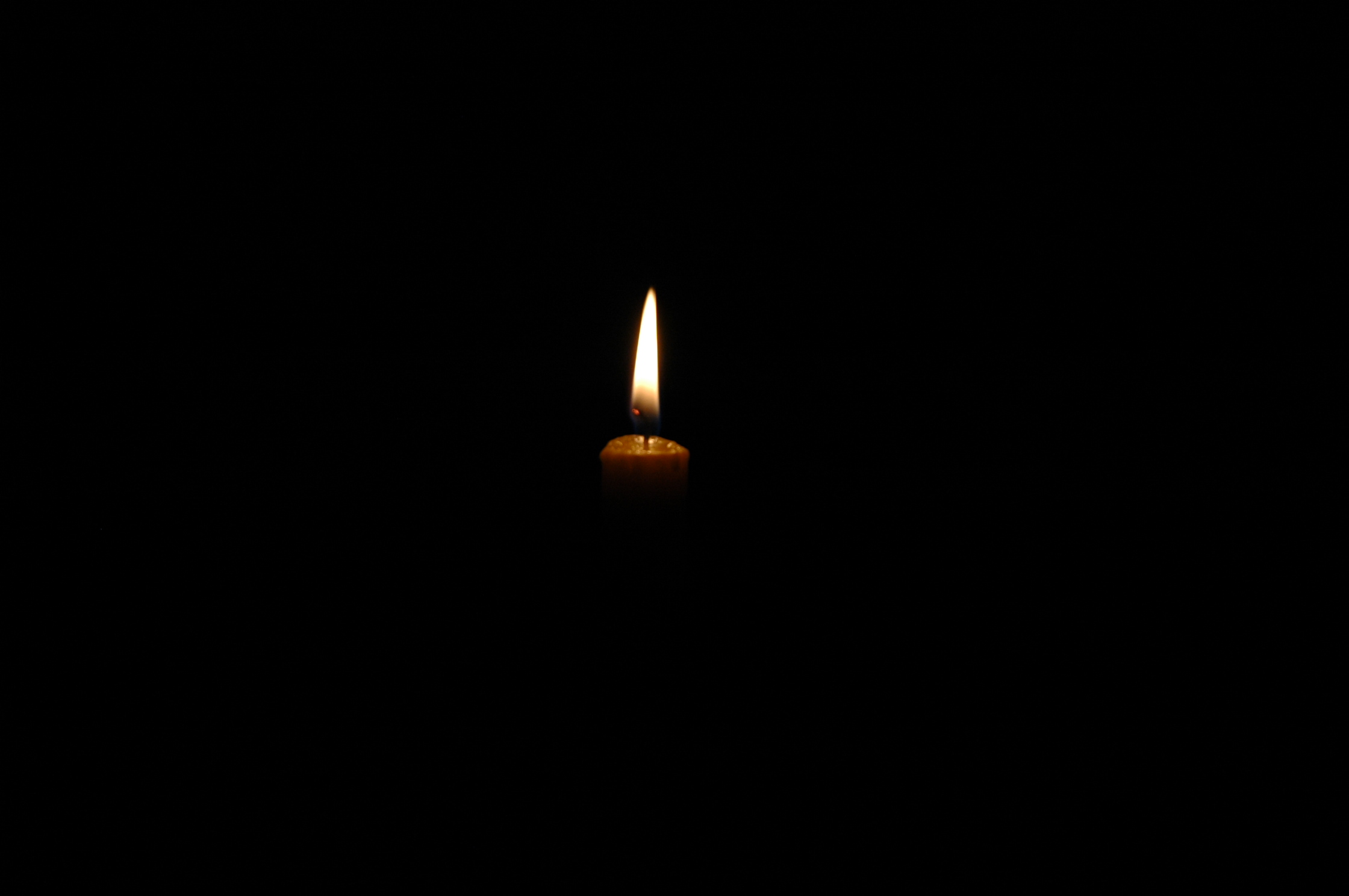










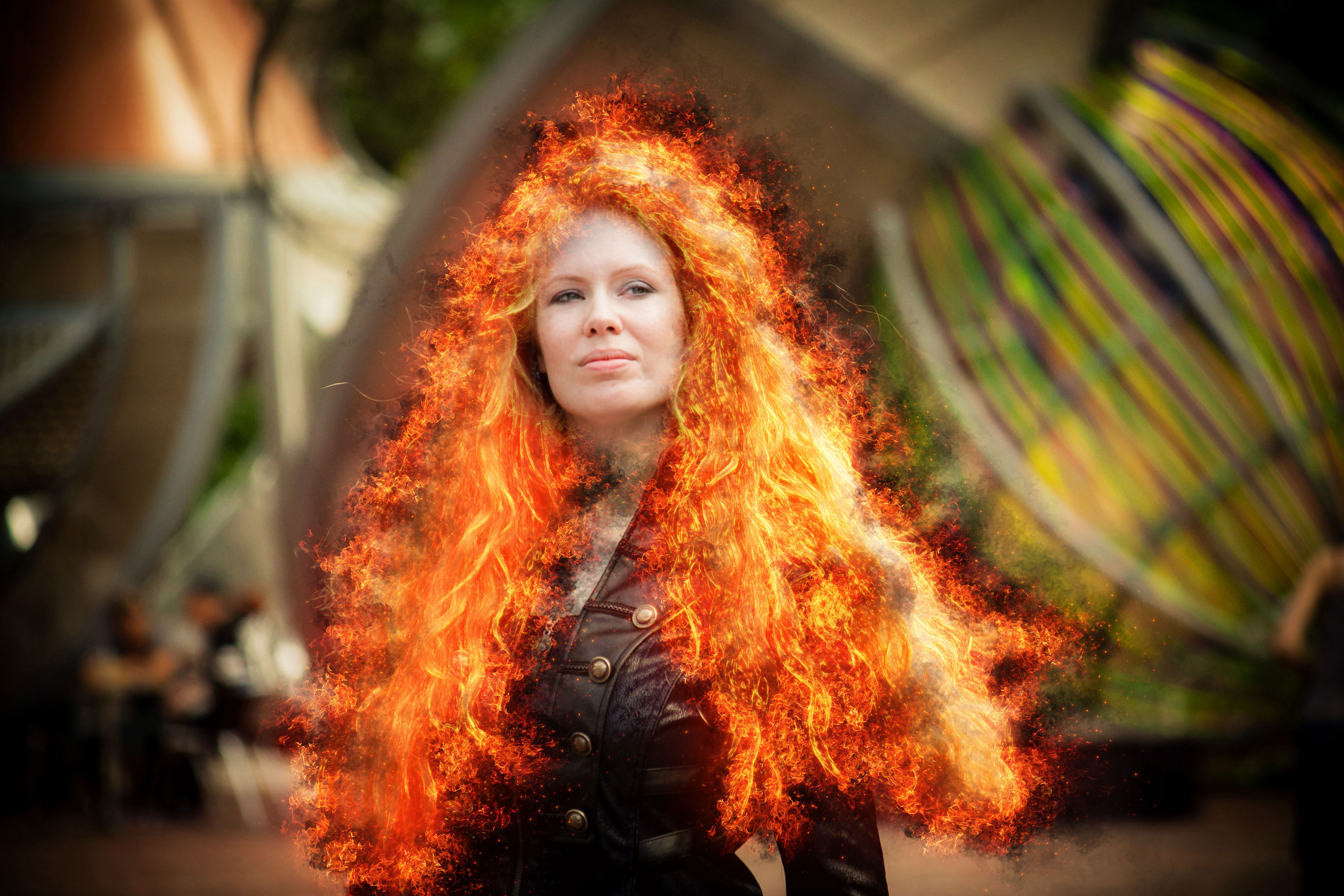


Aww man! That is cute! I like you unique view on polygamy! One question: Would such a music be played in the underground or is it just a fitting mood, with sounds unable to be produced in your world?
^-^ Thank you! The music is meant as an example of potential wedding/party music. String instruments, I think, will still be around. I had that running on a loop while writing the article! I might update it if I found something more fitting, like the Ta'i for the Saen-Kaw article :) Thanks again! :D
Creator of Araea, Megacorpolis, and many others.